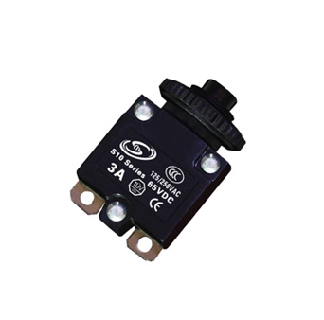Understanding White Insulation Tape A Versatile Tool for Every DIY Project
White insulation tape, often overlooked, is a valuable tool in the arsenal of any DIY enthusiast or professional tradesperson. This versatile tape plays a crucial role in electrical applications, providing an effective solution for insulation, protection, and even color coding wires. Understanding how to utilize this tape can significantly enhance the safety and aesthetics of various projects.
What is White Insulation Tape?
White insulation tape, typically made from PVC, is designed for electrical insulation purposes. Its primary function is to insulate wires and prevent accidental short circuits, which can lead to electrical fires. The tape is strong, durable, and resistant to moisture, making it an ideal choice for both indoor and outdoor applications.
Key Features and Benefits
One of the standout features of white insulation tape is its high dielectric strength, allowing it to withstand high voltages without compromising safety. This characteristic is essential when working with electrical wiring systems. Additionally, the tape is flexible, which means it can easily conform to various shapes, ensuring a snug fit around wires and connectors.
Moreover, the clean, white color of the tape offers aesthetic benefits, particularly in residential and commercial installations. Unlike colored tapes, white insulation tape blends seamlessly with walls and ceilings, providing a neat and professional appearance. This feature is especially important in settings where visibility is key, such as in offices or open spaces.
white insulation tape

Applications
White insulation tape serves multiple purposes in both electrical and non-electrical settings. In electrical work, it is used to insulate and bundle wires, protecting them from moisture and mechanical stress. It can also be employed in automotive, HVAC, and household applications. For instance, it is often used to wrap up frayed wires to prevent exposure, ensuring safe operation.
Beyond electrical uses, white insulation tape can be handy in other DIY projects. Its adhesive properties make it suitable for labeling and organizing various items. In crafts, it can be used to create unique designs or patterns. The tape is even effective in securing items temporarily, such as wrapping tools or holding materials in place during assembly.
Tips for Use
When using white insulation tape, ensure that the surfaces are clean and dry for optimal adhesion. Overlapping the tape as you wrap will enhance its insulating properties and provide better coverage. Additionally, while the tape is durable, avoid extreme temperatures, as prolonged exposure may weaken its adhesive quality.
Conclusion
In summary, white insulation tape is more than just a simple adhesive strip; it is an essential tool that enhances safety, improves aesthetics, and adds versatility to various projects. Its applications span across electrical work and everyday DIY tasks, making it a must-have in any toolkit. By understanding and utilizing white insulation tape effectively, individuals can ensure that their projects are not only functional but also visually appealing and safe.
-
XIANGFAN Rubber Tape-Ultimate Solutions for All Your Insulation NeedsNewsJun.24,2025
-
XIANGFAN Rubber Tape-Protection for Industrial and Residential ApplicationsNewsJun.24,2025
-
XIANGFAN Rubber Tape: Superior Safety and Sealing for Demanding EnvironmentsNewsJun.24,2025
-
XIANGFAN Rubber Tape: Reliable Solutions for Every Electrical ChallengeNewsJun.24,2025
-
XIANGFAN Electrical & Industrial Tape: Powering Reliability Across IndustriesNewsJun.24,2025
-
XIANGFAN Electrical & Industrial Tape: Excellence in Every ApplicationNewsJun.24,2025
